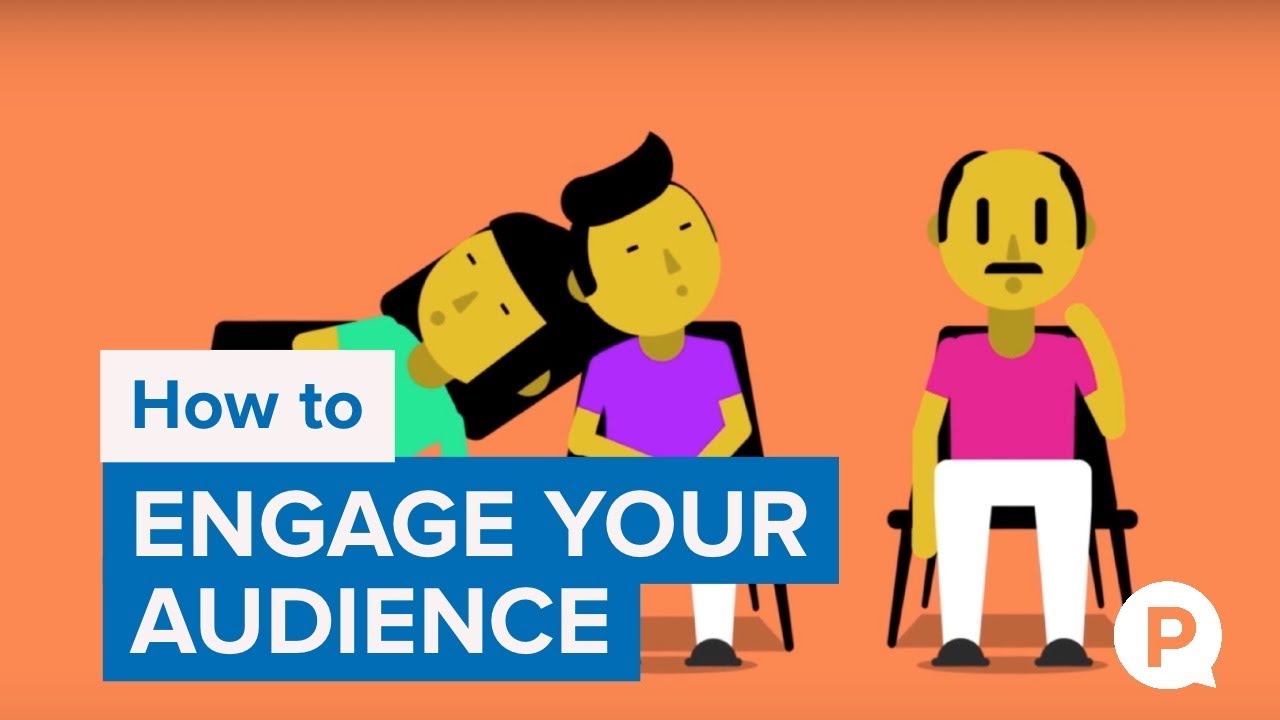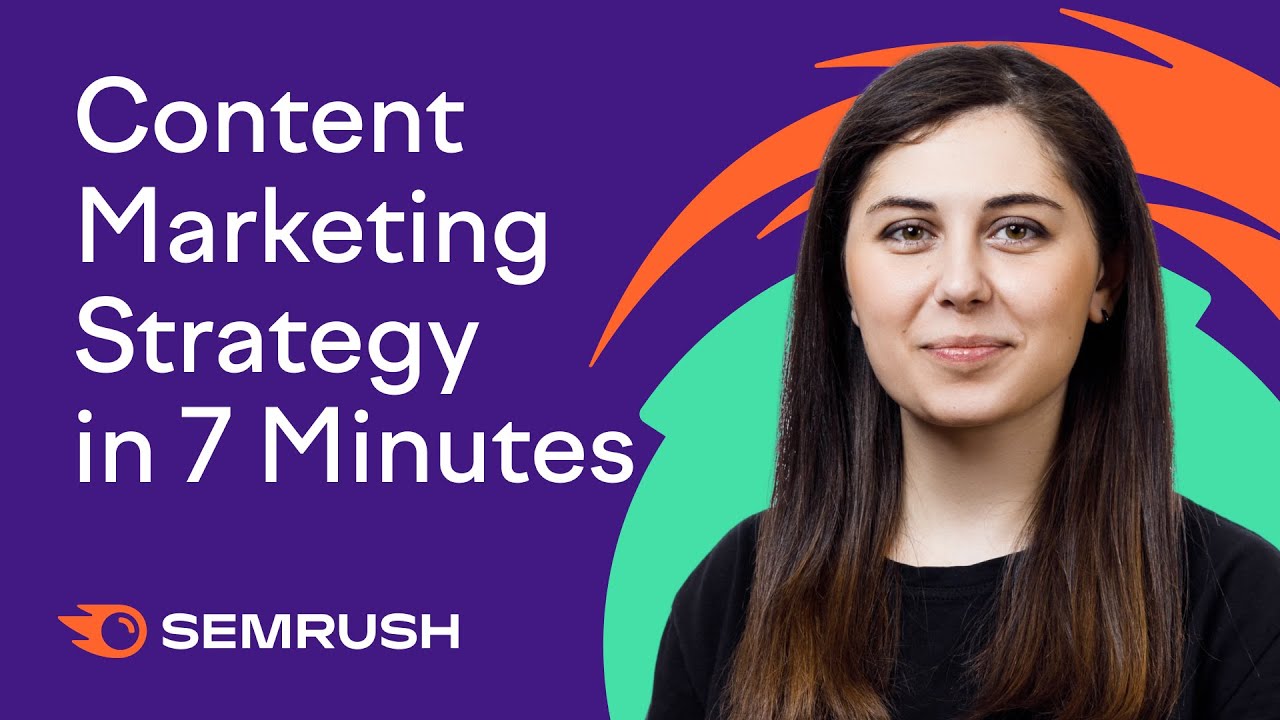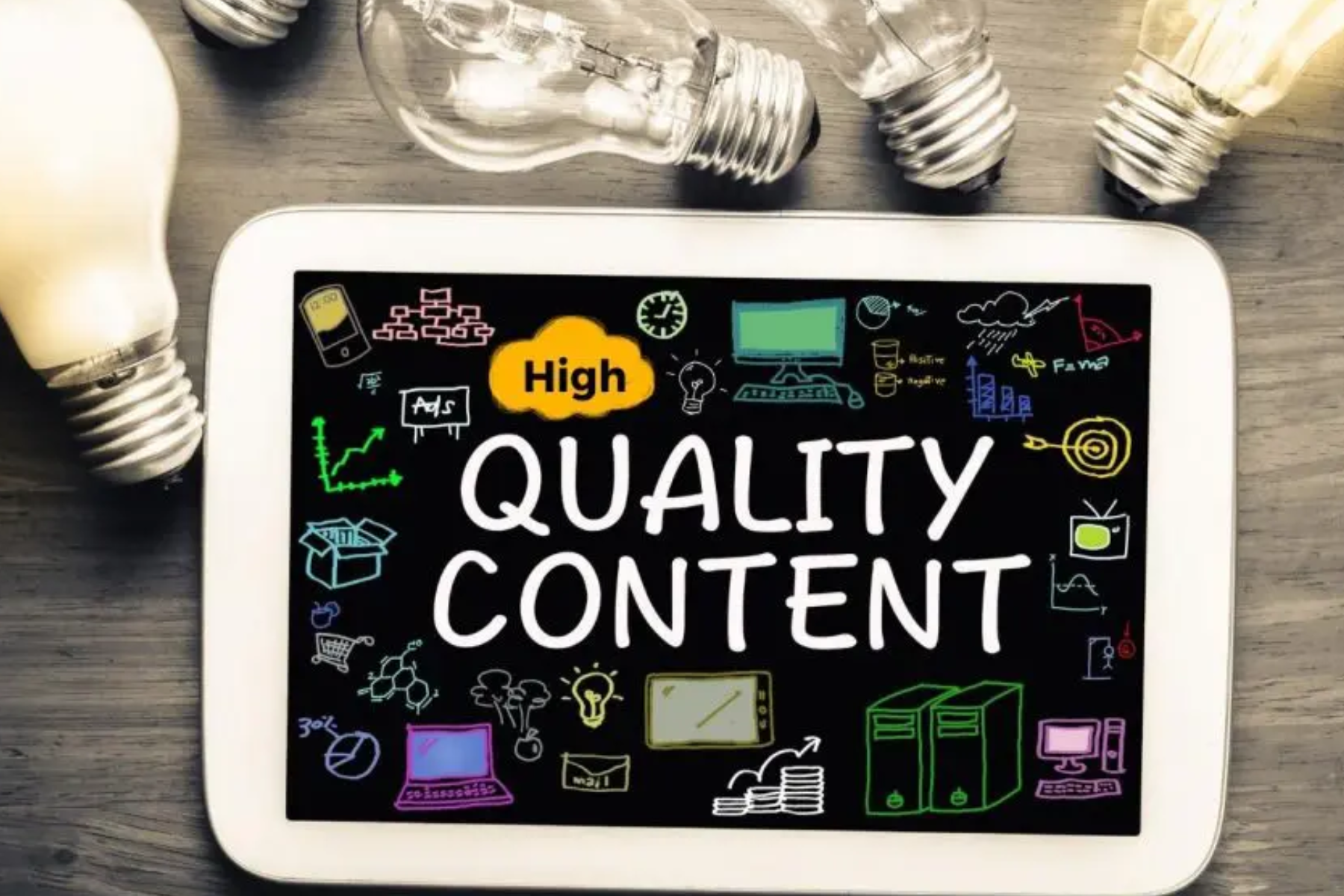In today's digital age, social mediahas become an essential tool for businesses to promote their products and services.
Among the various social media platforms, LinkedIn has emerged as the go-to platform for professionals to connect, network, and grow their businesses. The LinkedIn content marketing guidewill be tackled here.
With over 700 million active users, LinkedIn is a goldmine for businesses looking to expand their reach and engage with their target audience.
One of the most effective ways to use LinkedIn for businessis through content marketing. In this article, we will guide you through the process of creating a successful LinkedIn contentmarketing strategy that can help you achieve your businessgoals.
Define Your Goals And Target Audience
The first step in any content marketing strategy is to define your goals and target audience. What are you trying to achieve through your LinkedIn content?
Are you looking to increase brand awareness, generate leads, or drive sales? Defining your goals will help you create content that aligns with your business objectives.
Similarly, understanding your target audience is critical to the success of your content marketing strategy. Who are you trying to reach with your content? What are their pain points, interests, and needs? Understanding your audience's demographics and psychographics will help you create content that resonates with them.
Create High-Quality Content
Creating high-quality content is the backbone of any successful content marketing strategy. Your content should be informative, engaging, and relevant to your target audience. Some of the most effective types of content on LinkedIn include:
- Blog posts:LinkedIn's blogging platform allows you to publish long-form content that can establish your authority in your industry.
- Videos:Videos are highly engaging and can help you communicate your message in a more dynamic way.
- Infographics:Infographics are a great way to present complex information in an easy-to-understand format.
- Case studies:Case studies can showcase your products or services and demonstrate their value to potential customers.
Whatever type of content you create, make sure it is visually appealing and optimized for LinkedIn's platform.
Promote Your Content
Creating high-quality content is not enough. You also need to promote your content to ensure that it reaches your target audience. Some effective ways to promote your LinkedIn content include:
- Sharing on LinkedIn:Share your content on your personal profile, company page, and relevant LinkedIn groups.
- Paid advertising:LinkedIn offers various advertising options that can help you reach a broader audience.
- Email marketing:Use email marketing to promote your LinkedIn content to your email subscribers.
Engage With Your Audience

How to engage your audience
Engaging with your audience is critical to the success of your content marketing strategy. Respond to comments and messages promptly, ask for feedback, and encourage discussion around your content.
Engaging with your audience can help you build relationships and establish trust with potential customers.
Measure Your Results
Measuring the success of your LinkedIn content marketing strategy is essential to its ongoing success. Use LinkedIn analytics to track the performance of your content, including engagement rates, clicks, and shares.
Use this data to refine your strategy and create more effective content that resonates with your target audience.
Using LinkedIn Analytics To Refine Your Content Strategy
Measuring the performance of your LinkedIn content is essential to refining your content strategyand achieving your business objectives.
Fortunately, LinkedIn provides an analytics platform that offers valuable insights into your content's performance and your audience's engagement with it.
In this part, we will explore how touse LinkedIn analytics to refine your content strategy and create more effective content that resonates with your target audience.
Accessing LinkedIn Analytics
To access LinkedIn analytics, you must have an active LinkedIn profile and a company page. Once you have these setup, you can access analytics by clicking on the "Analytics" tab on your company page's top navigation bar. LinkedIn offers two types of analytics: Page Analytics and Content Analytics.
Page Analytics provides an overview of your company page's performance, including metrics such as page views, unique visitors, and follower demographics.
Content Analytics, on the other hand, provides insights into your content's performance, including engagement rates, clicks, and shares.
Analyzing Your Content Performance
To analyze your content performance, click on the "Content" tab on the analytics page. Here you will find a list of all the content you have published on LinkedIn, including posts, articles, and videos. You can filter this list by date, content type, and audience.
Each content item in the list displays various engagement metrics, such as impressions, clicks, likes, comments, and shares. You can use this data to determine which content is resonating with your audience and which is not.
For example, if you notice that your articles are receiving a high number of impressions but a low number of clicks, it may be an indication that your headlines are not compelling enough.
Understanding Your Audience
Understanding your audience is critical to creating content that resonates with them. To view your audience demographics, click on the "Followers" tab on the analytics page. Here you will find data on your follower demographics, including their job titles, industries, and locations.
You can use this data to tailor your content to your audience's interests and needs. For example, if you notice that a significant portion of your audience is from the technology industry, you may want to create content that focuses on technology trends or topics relevant to that industry.
Refining Your Content Strategy

Content Marketing Strategy in 7 Minutes
Once you have analyzed your content performance and audience demographics, it's time to refine your content strategy. Use the data you have collected to identify patterns and insights that can help you create more effective content.
For example, if you notice that your video content is receiving a higher engagement rate than your other content types, you may want to focus more on creating video content.
Alternatively, if you notice that your audience is engaging more with content related to a specific topic, you may want to create more content on that topic.
People Also Ask
How Often Should I Check My LinkedIn Analytics?
It's a good idea to check your LinkedIn analytics regularly, at least once a week.
Can LinkedIn Analytics Help Me Identify My Top-performing Content?
Yes, LinkedIn analytics can provide insights into your content's engagement rates, clicks, and shares to identify top-performing content.
How Can I Use LinkedIn Analytics To Improve My Content Strategy?
Analyze your content performance and audience demographics to identify which content resonates with your audience and refine your content strategy accordingly.
Conclusion
In conclusion, LinkedIn content marketing can be a highly effective way for businesses to reach their target audience, establish their authority in their industry, and drive business growth.
By defining your goals and target audience, creating high-quality content, promoting your content, engaging with your audience, and measuring your results, you can create a successful LinkedIn content marketing strategy that helps you achieve your business objectives.


